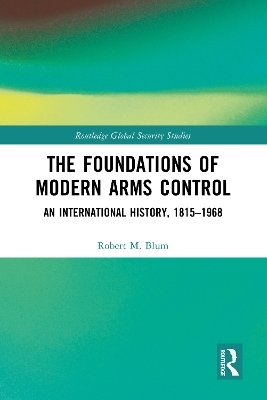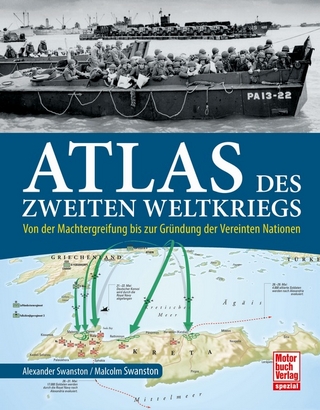
The Foundations of Modern Arms Control
Routledge (Verlag)
978-1-032-71924-5 (ISBN)
The narrative begins after the Napoleonic wars when newly arisen peace movements focused on arbitration as a path to “ending the war system.” It moves on to the international community’s embrace of “total and complete disarmament” and then to its acceptance of more limited measures by 1968, including the agreements that remain in force today. The book connects the past to the present of multiple negotiations, successful and failed, and underlines how the peace movement increasingly influenced the national policy of the major Western powers, especially the United States. It also highlights the increasing diversification of arms control players, including women and people of color as well as the countries they represented. Based on original research in multinational records and the latest scholarship, the book illustrates the reasons multilateral arms control remains a key instrument of international relations. The chapters are organized both chronologically and thematically, with the result that they cover different amounts of time in order to encompass a given issue and to capture the development of particular threads. The main narrative evolves into a decadeslong quest for a global treaty on “general and complete disarmament,” which otherwise paces the book and shapes its chapters.
This book will be of much interest to students of arms control, global governance, peace studies, and International Relations.
Robert M. Blum is an independent scholar. He has a PhD from the University of Texas at Austin, is a former analyst and operations officer at the Central Intelligence Agency, and served as a staff officer at the Department of State's Office of the Secretary.
Introduction: Scope and Definitions 1. Stopping the War System,” 1815-1898 2. Anticipating Arms Control, 1899-1914 3. Versailles, a League, and Forced Arms Control, 1914-1919 4. Arms Limitation at Sea, 1920-1922 5. Mending the Washington System, 1924-1930 6. The League and World Disarmament, 1920-1934 7. Nonproliferation Out of Africa, 1890-1935 8. Arms Control in a Shattering World, 1934-1939 9. Old Concepts Adapted to an Atomic World, 1941-1952 10. Verification Fraud and Success, 1953-1957 11. Grand Arms Control as Farce, 1953-1958 12. IAEA Slips onto the World Stage, 1953-1957 13. Halting Steps Toward Nuclear Arms Control, 1958-1960 14. Partial Test Ban and Disarmament Theater, 1961-1963 15. Banning WMD in Three Domains, 1958-1967 16. Gaining the NPT’s Core, 1958-1968 17. Adding “Balance” to the NPT, 1964-1968 18. Arms Control’s Foundation and Evolution
| Erscheinungsdatum | 21.04.2024 |
|---|---|
| Reihe/Serie | Routledge Global Security Studies |
| Verlagsort | London |
| Sprache | englisch |
| Maße | 156 x 234 mm |
| Gewicht | 807 g |
| Themenwelt | Natur / Technik ► Fahrzeuge / Flugzeuge / Schiffe ► Militärfahrzeuge / -flugzeuge / -schiffe |
| Sozialwissenschaften ► Politik / Verwaltung ► Europäische / Internationale Politik | |
| Sozialwissenschaften ► Politik / Verwaltung ► Staat / Verwaltung | |
| ISBN-10 | 1-032-71924-9 / 1032719249 |
| ISBN-13 | 978-1-032-71924-5 / 9781032719245 |
| Zustand | Neuware |
| Haben Sie eine Frage zum Produkt? |
aus dem Bereich


